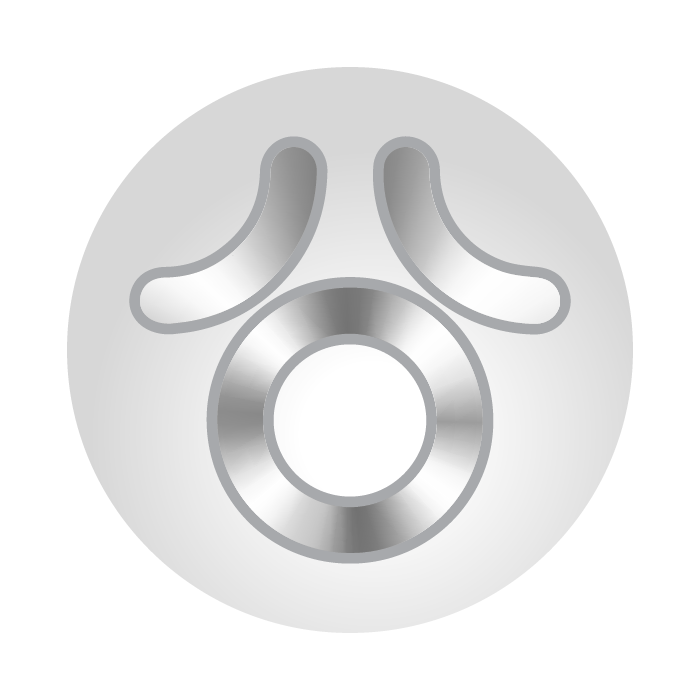
Supplement information: ZINC
| Image |

|
|---|---|
| General description |
Essential mineral, strong antioxidant and immunostimulans.
|
| Found |
- oysters, herrings, lobster - wheat germ - rye - pumpkin, sesamy and sunflower seeds - milk - chicken, turkey (red meat) - liver (beef) - eggs - brewery yeast - nuts - legumes and leafy vegetables - mushrooms |
| Anti-aging role |
- important free radical scavenger - promotes resistance to infections - restore thymus activity and even regrow the thymus - increase the activity of NK cells - boost the production of antibodies - may have antiviral properties - maintain fertility in adults - maintain growth in children - maintain protein synthesize - repair wounds - preserve vision - structural component of many proteins, hormones, neuropeptides and hormone receptors - structural component of enzymes that fight stress - participate in gene expression |
| Deficiency symptoms |
- white spots on the fingernails - loss of the teste and smell - deleyed sexual development in adolescence - irregular menstrual cycle in girls - infertility and impaired sexual function in adults - poor wound healing - loss of hair - increased susceptibility to infection - reduced salivation - skin lesions - acne - fatigue, exhaustion - mental lethargy - prostatitis |
| Therapeutic doses |
15 - 50 mg (with copper). European RDA: 10 mg |
| Maximum safe level |
15 mg long term usage
|
| Side effects |
High doses of zinc affect the absorption of iron and copper. Zinc should be taken with food to avoid irritating the stomach.
|
| Contraindications |
- liver disease - kidney disease |
| Interactions |
DRUG INTERACTIONS: - quinolone and tetracycline antibiotics FOOD INTERACTIONS: - high zinc doses may interfere copper and iron absorption - coffee decreases zinc absorption - coffee drinkers should take zinc supplements at least one hour before and two hours after drinking coffee - fibers and phytates inhibit zinc absorption |
| High risk groups |
- premature infants, infants with small birth weight - older infants with inadequate intake - adolescents - pregnant and lactating women - patients with full parenteral diet - people with chronic diarrhea - people with chronic intestinal diseases - people with coeliac disease - people with chronic kidney diseases - athletes - people older than 65 years - vegans and vegetarians - diabetics - people with HIV infection - people on long-term anticonvulsants therapy - people on long-term diuretic therapy |
| Composition formulas |
- usually in form of zinc oxide, citrate, acetate, gluconate, pycolinate, sulphate - zinc pycolinate has the best absorption - L-Opti-Zinc - zinc and metionine chelate - the best absorption and usability - can be found in supplement by itself, or in combinations with vitamins and minerals - tablets, capsules - nasal sprays, pastilles and gels for local usage |
| Other remarks |
- proteins are necessary for zinc absorption - only 20-40% of zinc is absorbed from food |